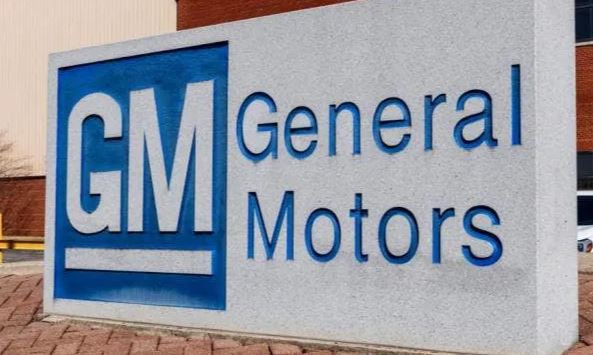The year 2022 was a difficult one for car manufacturers as they had to deal with supply chain challenges and declining consumer demand.
What has happened
Industry-wide car sales fell 8% year-on-year to 13.7 million cars in 2022, The Wall Street Journal reported.
This marked the lowest number since 2011. Sales have rebounded remarkably from the 17 million-plus mark seen during the five years leading up to the COVID-19 pandemic, according to the report.
Changing competitive dynamics
General Motors Corp. (NYSE:GM) has wrested the lead from Japan’s Toyota Motor Corp. (NYSE:TM) to become the No. 1 automaker in the U.S. by 2022. The company and its dealerships sold 2.2 million of units during the year, indicating an increase of 3% compared to 2021, thus offsetting the general market decline.
The fourth quarter was particularly strong, with sales rising 41% year-over-year to 623,261 units.
Toyota, which ranks second, sold 2.11 million units, representing a 9.6% drop in volume and a 9.9% decline in the daily sales rate. The Japanese automaker, however, improved its performance in the fourth quarter, when unit sales and value rose 13.1% each.
Stellantis NV’s (NYSE:STLA) FCA US reported sales of 1.55 million units in 2022, of which 347,669 units were sold in the fourth quarter. The annual and quarterly performances marked falls of 13 and 16%, respectively. Meanwhile, the company’s plug-in hybrid car sales were up 26% on the year and 21% on the quarter.
The US unit of Hyundai Motor Company (OTC:HYMTF) said it sold 724,265 units by 2022, representing a 2% decline. However, quarterly sales rose 29% to a record 195,967 units. Honda Motor Company (NYSE:HMC) US sales in 2022 fell 32.9% to 983,507 units. Sales for the month of December fell 10.7% to 93,843 units.
Nissan Motor Company Limited (OTC:NSANY) sales in 2022 and the fourth quarter fell 25.4% and 2%, respectively, to 729,350 units and 191,012 units, respectively.
Price could increase profits
Production restrictions hurt car sales in 2022, and the recovery in sales in the last five months of the year could not mitigate the weakness seen in the first half, said J.D. Power in a statement in late December. However, the firm said that prices and profitability per unit will reach record levels in 2022 despite limited production limiting sales volume.
He forecasts that the industry will close with strong underlying financial results.
“Looking into 2023, retail sales will continue to be dictated by the number of cars shipped to dealerships. Indications are that shipments will gradually increase throughout the year, allowing sales to increase from 2022 levels.
Even with a possible economic downturn, the pent-up consumer demand of the past two years will keep inventory levels low and lead to another year of “relatively healthy pricing and profitability.”

